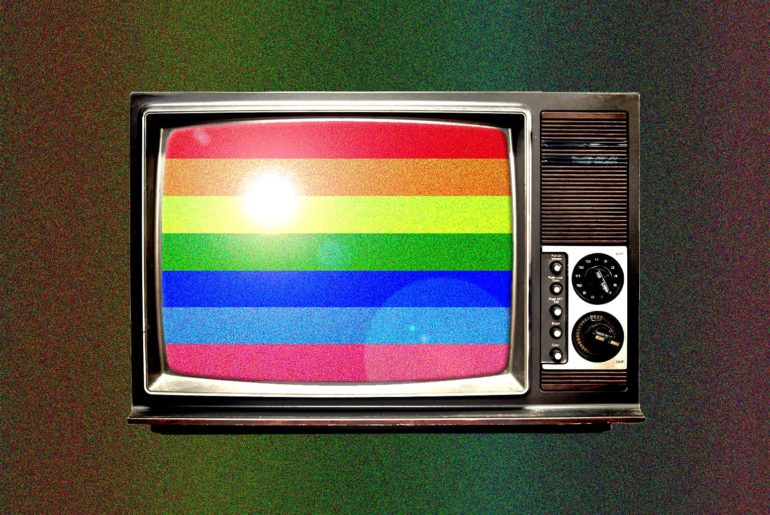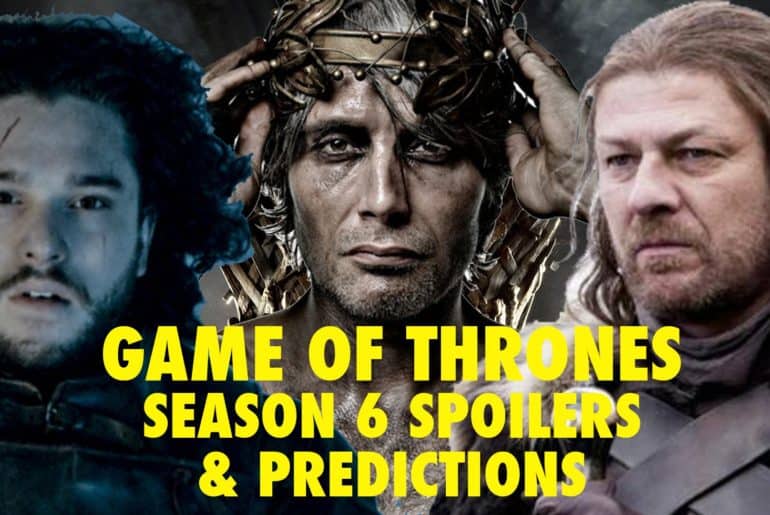Over the last decade streaming has changed the industry, some for the good and some for the bad. But its current model isn’t entirely sustainable.
On 16th February 2012, a show called Lilyhammer was launched on Netflix, becoming the first original series to stream on the service. Back then the number of subscribers Netflix had was reportedly 23 million. As of the first quarter of 2023, the number had jumped to 232.5 million. An increasing number of streaming platforms have emerged since then, taking over the industry, like Amazon Prime Video(reported to have more than 200 million subscribers in 2021), Apple TV+ (25 million subscribers as of March 2022) and Disney+ (157.8 million subscribers as in the second quarter of 2023). Now, you didn’t have to for a week to watch the next episode of your favourite at the preordained time of the telecast. You could now watch while travelling to work on a metro or even while taking the dump. And who wouldn’t take that bargain.
This shift within the industry happening for years now was only accelerated by the COVID-19 lockdown, with studios pivoting towards streaming. Hunkered in their houses, all people could go was bake endless loafs of sourdough or binge The Queen’s Gambit(that is when they were not binging any other show with royalty in its title-The Tiger King or The Crown). Even after the reopening of movie-theatres, the focus has remained on streaming, with many films including the The Fabelsman and Glass Onion, getting limited theatrical release before being made available online. It’s effects are a mixture of good and bad for the creatives. While it has gotten harder to commission content, these services do back up projects that perhaps would not have been picked by the traditional networks and studios, including the wide range of foreign-language TV and movie that are starting to get more global attention. This period of rise in streaming also heralded the era of Peak TV, where viewers were inundated with artisanal and critically acclaimed programming. The number of originally scripted stories exploded from 210 in 2009 to 599 in 2022. But it was a bubble that was bound to burst and now has.
In April 2022, Netflix announced that it had lost subscribers. The recent downturn in the media has forced streamers to cut back on the spending and turn a profit. They have thrown out entire series from their libraries and some have even cancelled shows that had finished productions on entire seasons. And the effects on the creative labour has been damaging.
On April 18 this year, 97.8% of the members of the Writers Guild of America voted to go on strike if they failed to reach a satisfactory agreement with the Alliance of Motion Picture and Television Producers. On May 2, 2023 the members of the guild started picketing at 1:00 pm. The main issues raised in the strike are of diminishing residuals, fewer number of writers in the room and fear of being replaced by AI.
The rise of streaming has led creation of mini-rooms where fewer number of writers are employed for shorter durations, eviscerating chances for writers to make a steady living by working on a show. It has also reduced the opportunities available to younger and newer talent to gain experience. It has alarmed the creatives further with reduction of residuals over the years. As streamers have grown, the residuals have fallen. While they are still paid residuals, they are incomparable to the ones they receive from TV channels. Sean Collins Smith, a writer for Chicago P.D, while talking to NPR said,
“I mean, my show on streaming, if I got a residual check for that-I’m not even kidding-it might be $5, $50, $100 if that.”
Despite it all, streaming also led to some of biggest strides in the industry, giving a platform to diverse and newer voices, that used to get drowned out by the old status quo. The solution to the problems created by streaming cannot be to go back to old ways despite how much the older established artists might like to throw around the term “back in our day” before regaling about the “glory days”. But the streaming model being followed right now is clearly unsustainable. The writer’s strike has been going on for 2 months now and is showing no sign of stopping. In June, more than 300+ members of SAG-AFTRA, including A-listers such as Meryl Streep and Jennifer Lawrence, in a letter to union leadership said that they were ready to strike if a “transformative deal” was reached.
Julie Plec, creator of The Vampire Diaries, told Vulture,
“It’s not like just returning to the old status quo is the answer. We’re at the center of the tornado right now, and it seems like it’s whipping all around us, and I don’t think anybody really understands how to make it stop.”
Read Also: DUB Review: Succession – Bad People Make Good TV
Image Source: The Hindu
Vanshika Ahuja







